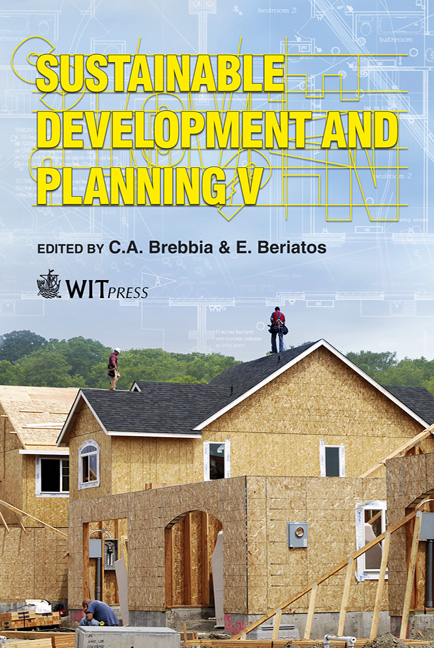Urban Sprawl: Can It Be Sustainable? An Analysis On Energy Performances Of Different Urban Forms
Price
Free (open access)
Transaction
Volume
150
Pages
12
Page Range
133 - 144
Published
2011
Size
3640 kb
Paper DOI
10.2495/SDP110121
Copyright
WIT Press
Author(s)
C. Diamantini & D. Vettorato
Abstract
It is generally accepted that urban sprawl creates problems around energy use. It is true that the spread of single-family dwellings increases heat dispersion because of the bigger exterior surface of buildings. Moreover, families living far from city centres are reliant on their cars. Many urban planners are therefore calling for a stop to urban sprawl and a corresponding increase in urban compactness. In this paper we propose an alternative view. Alongside serious environmental issues in relation to energy, each urban form has the potential to fulfill the criteria of sustainability, particularly if such potential is exploited by means of planning practices. Our thesis is that the different forms assumed by settlements are not to be considered, in themselves, simply as strength or weakness factors but rather as variables. If these variables are adapted properly it is possible to have a significant impact on energy performance. The analysis uses three parameters: energy saving and conservation, energy efficiency and renewable energy sources. It is assumed that we are dealing with a post-carbon era, in which all urban forms have the opportunity to maximize these parameters. Keywords: urban sprawl, urban compactness, urban form, energy performances. 1 Introduction Many scholars see urban sprawl as a distortion of the process of urbanization, which for centuries has been based on the model of the compact city. This negative view has been strengthened by the growing acceptance of the paradigm
Keywords
urban sprawl, urban compactness, urban form, energy performances.





